Madura Island, located just off the northeastern coast of Java, is one of East Java’s most enchanting destinations. A short drive from Surabaya, Madura offers a unique blend of natural beauty, cultural richness, and vibrant traditions, making it an ideal spot for those seeking an escape from the city hustle. Known for its traditional Madurese culture, stunning landscapes, and historic sites, Madura is rapidly gaining recognition as a must-visit destination for both locals and tourists alike.
Salt, Satay, Bull Race: Exploring Madura Island's Hidden Wonders
The Salt Island
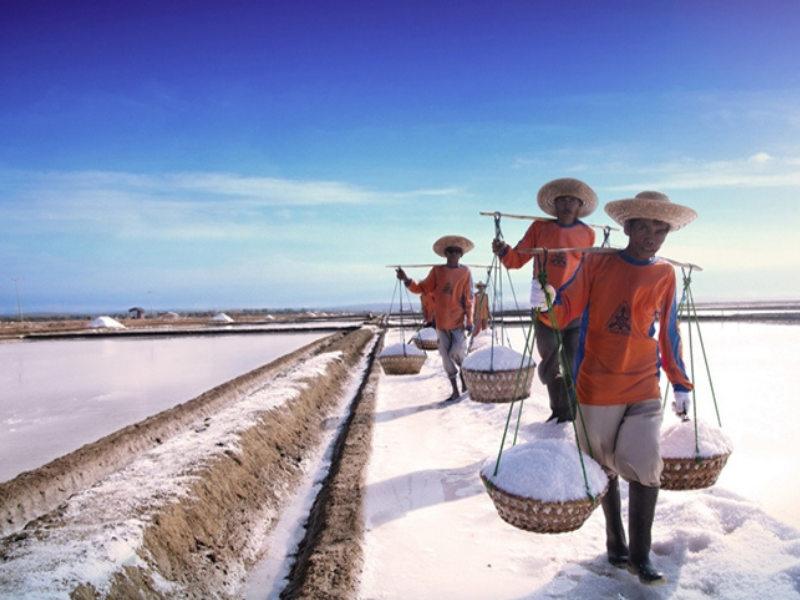
One of the island's most notable features is its role as one of Indonesia's largest salt producers. The island's salt pans, spread across its coastal areas, are a vital part of the local economy. Salt production in Madura has been a traditional livelihood for generations, with salt farmers harvesting the crystal-white salt under the tropical sun. This industry continues to thrive, making Madura not only a cultural hub but also an important contributor to Indonesia's economy.
Suramadu Bridge
One of the most iconic landmarks connecting Madura to the island of Java is the Suramadu Bridge. Spanning the Madura Strait, this impressive bridge not only offers breathtaking views of the ocean but also serves as a symbol of the strong bond between the two islands. It’s a great spot to take in the scenery and enjoy a peaceful moment.
Gili Labak Island
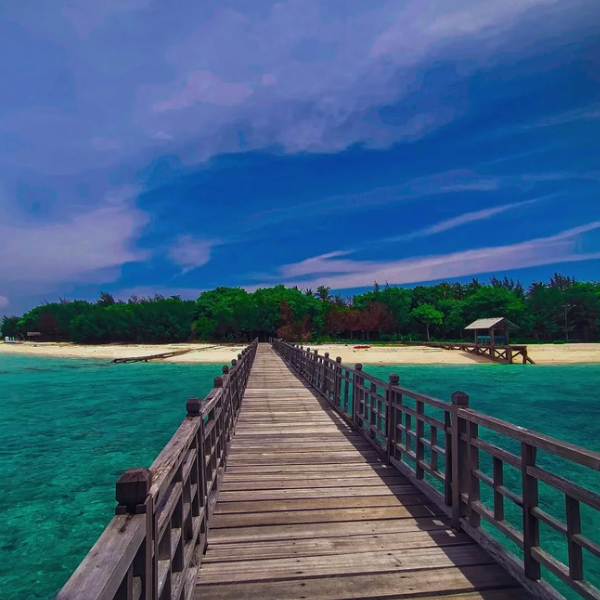
For those seeking peace and tranquility, Gili Labak Island is must-see. Located off the coast of Madura, Gili Labak is a small, uninhabited island that offers an idyllic escape from the hustle and bustle of daily life. The island is known for its pristine white sandy beaches and crystal-clear waters, making it an ideal destination for swimming, snorkeling, or simply relaxing under the sun. Gili Labak remains relatively untouched by mass tourism, allowing visitors to enjoy a more authentic and serene experience of Madura’s natural beauty. The calm and peaceful atmosphere makes it perfect for nature lovers and those looking to unwind in a tropical paradise.
Discover the Traditional Bull Race (Karapan Sapi)
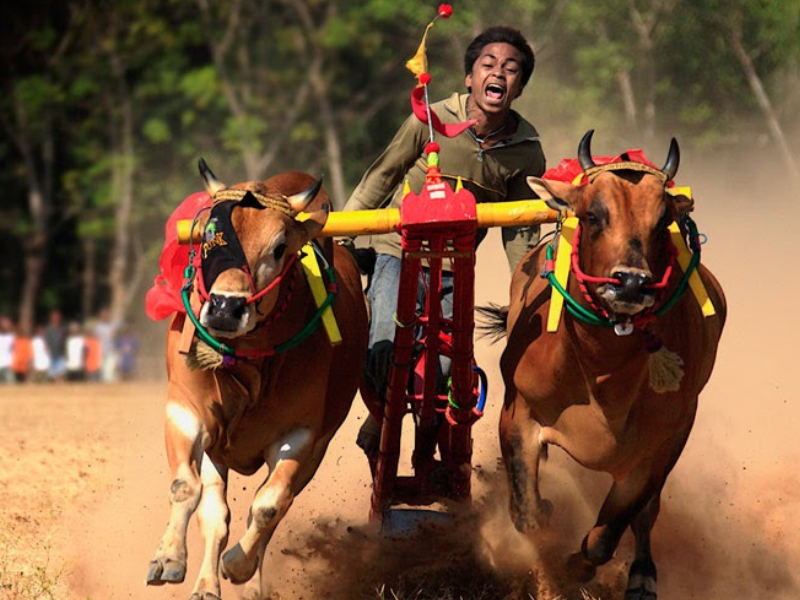
Madura is famous for its traditional bull race, known as Karapan Sapi. This exciting event, held during the harvest season, features bull teams racing through a dirt track while being driven by their owners. The race is a thrilling spectacle that draws large crowds and showcases the unique cultural heritage of the Madurese people.
Arosbaya Limestone Hill
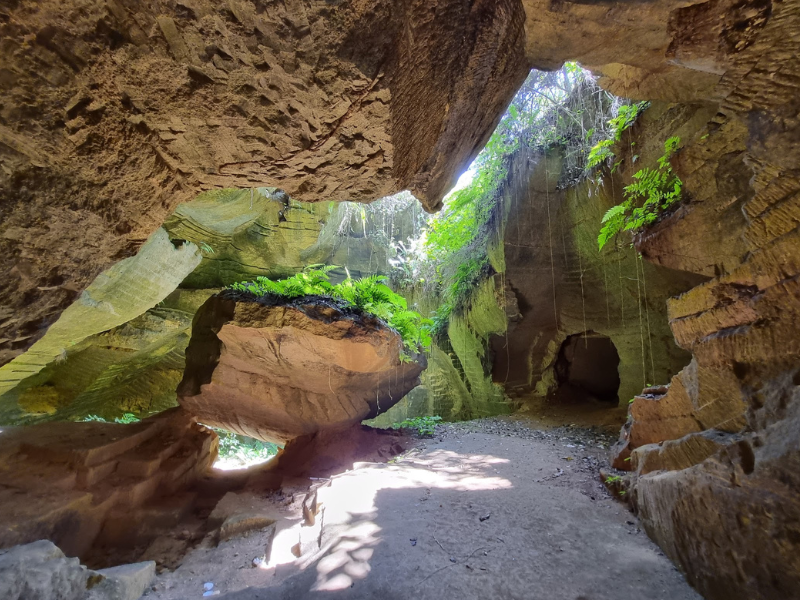
The Arosbaya Limestone Hill is one of Madura’s hidden gems, known for its striking white limestone formations. Visitors can explore the natural beauty of the hill, which has been shaped by centuries of erosion. The surrounding area also features several caves and is a great place for photography and nature walks.
Try Madurese Culinary Delights
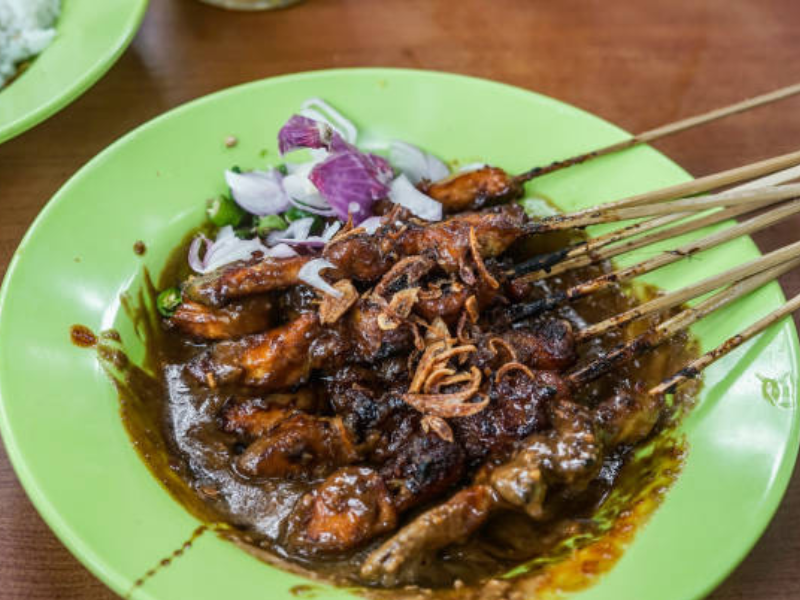
Madura is renowned for its delicious and distinct culinary offerings, which are a must-try for food lovers. The island’s food culture is closely tied to its agricultural and maritime traditions. One of the most famous dishes is Sate Madura, grilled skewers of meat, typically goat or chicken, served with a rich and spicy peanut sauce. The meat is tender and flavorful, a result of the long marinating process. Another local specialty is Bebek Sinjay, crispy fried duck served with sambal and rice, a true Madurese comfort food. Soto Madura, a flavorful beef soup with a distinctive taste, is another dish that should not be missed. The unique flavors of Madura’s cuisine are a perfect reflection of the island’s diverse cultural influences
Kalianget, A Historical Port Town
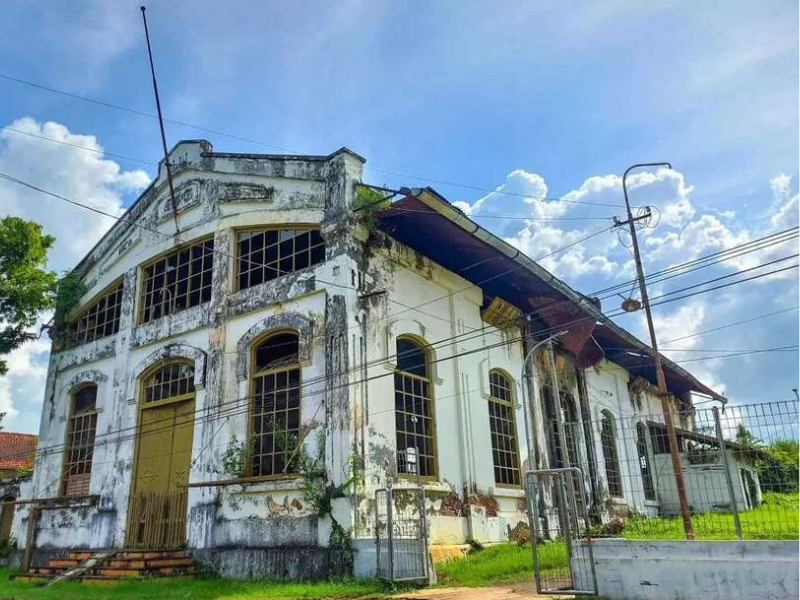
Kalianget, a small town in the eastern part of Madura, is an important historical site. Established by the Dutch East India Company (VOC) in the early 17th or 18th century, Kalianget was chosen as a strategic location for trade due to its prime position on the Madura Strait. The town quickly became one of the busiest ports in the region, playing a key role in the spice trade between Indonesia and Europe. Today, Kalianget’s historical significance can still be seen in its well-preserved colonial architecture and old trading posts. Visitors can take a step back in time as they explore the town, learning about the region's role in Indonesia’s colonial past and its historical connection to European traders.



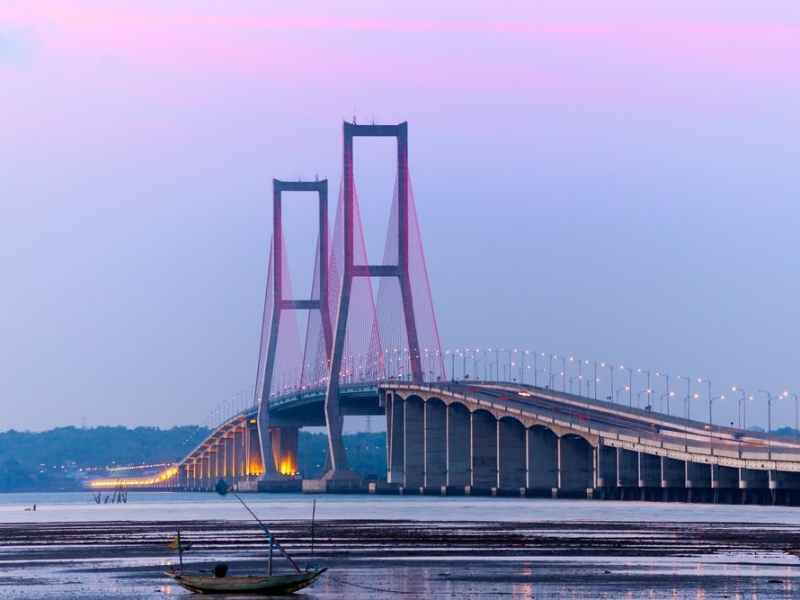
 Alicia Putri
Alicia Putri
 Dec 17, 2024
Dec 17, 2024